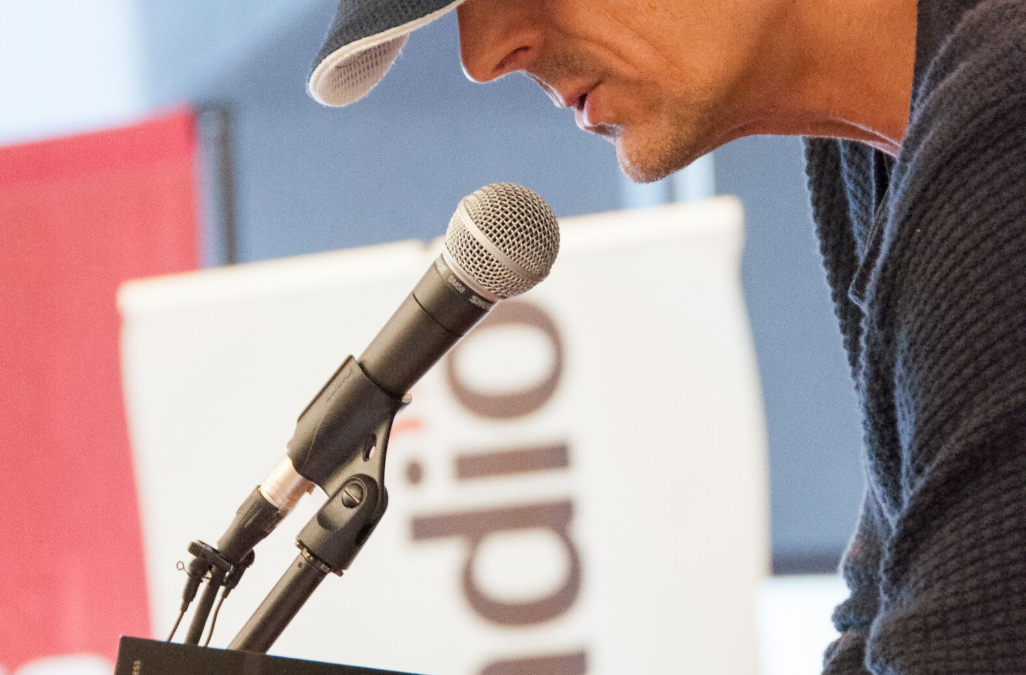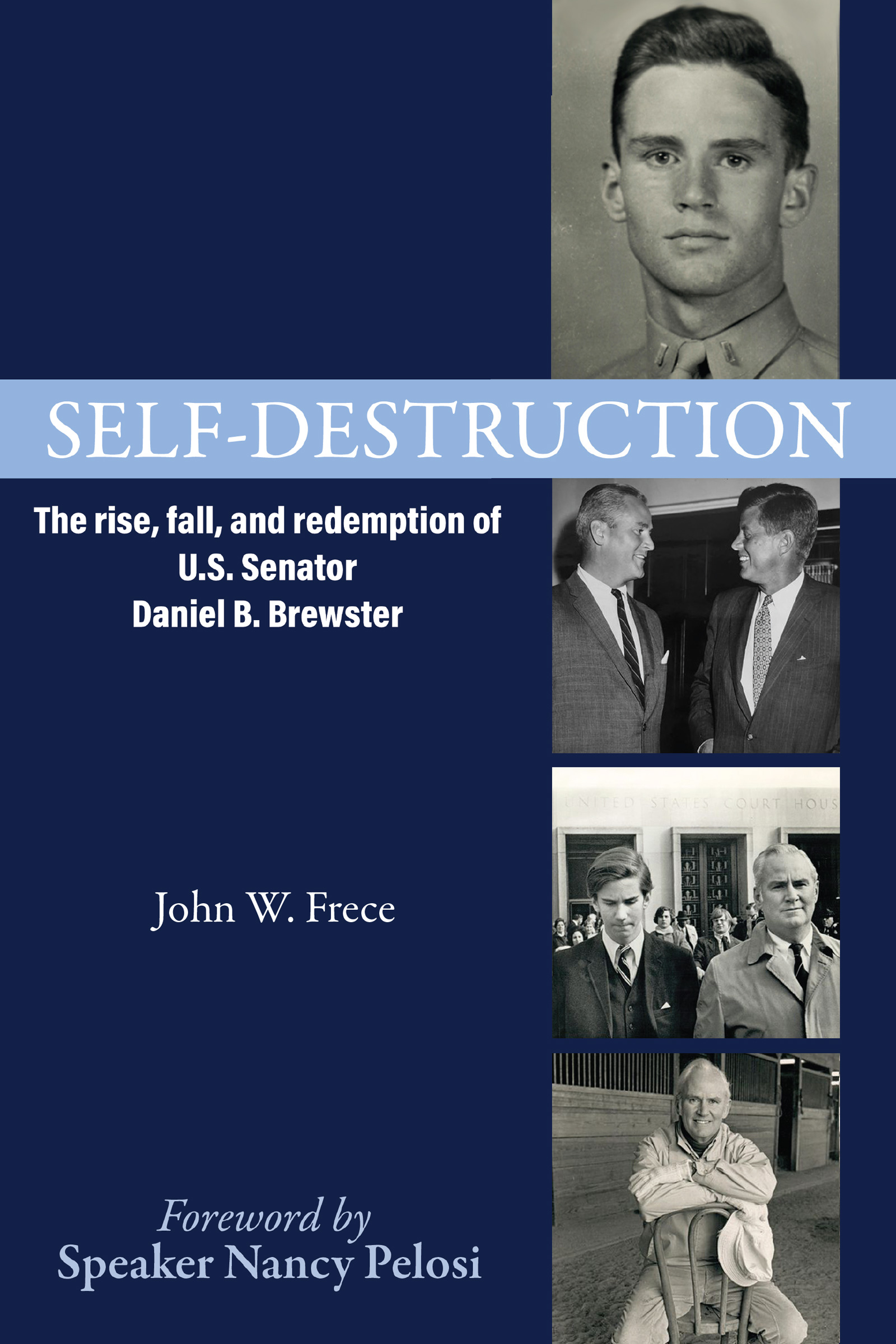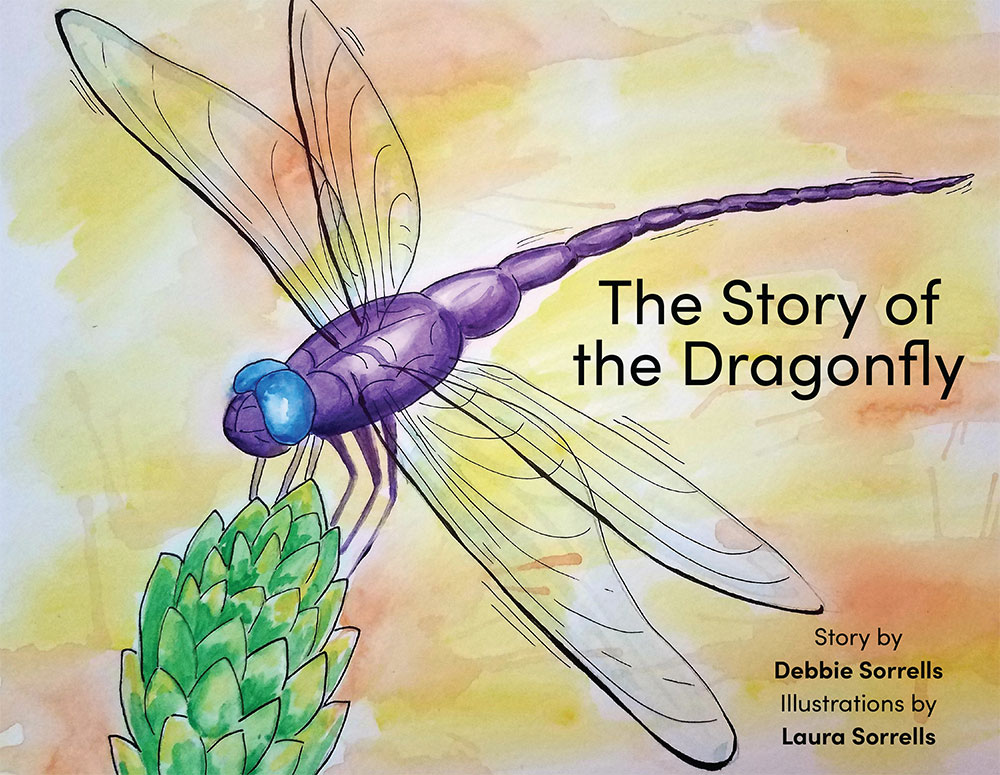Ron Riekki’s poetry has been published in Spillway; Poetry Northwest; Rattle; Tar River; Dunes Review; River Teeth; I-70 Review; Tipton Poetry Journal; Hotel Amerika; Little Patuxent Review; The New Verse News; Verse Wisconsin; Beloit Poetry Journal; Mizna: Film, Literature, and Art Exploring Arab America; and many other literary journals. His fiction has been published in The Threepenny Review, Bellevue Literary Review, Wigleaf, Prairie Schooner, Akashic Books, Juked, New Ohio Review, Cleaver, Puerto del Sol, and many other literary journals. His story “Accidents” received the 2016 Shenandoah Fiction Prize and “The Family Jewel” was selected for The Best Small Fictions 2015.
Q: What inspired you to write this book?
A: Well it’s a collection, so it’s something I put together once I realized I had enough pieces on my indigenous background. A part of the reason – and this intimidates me – is I’ve never seen a collection like this, ever. Saami writing in English tends to be pretty rare, explained in part by Nils-Aslak Valkeapaa (who is the unofficial poet laureate of the Saami) actually saying he didn’t want some of his writing translated into English at all. There’s also a private-ness to the Saami. And then I remember the first time I ever googled Saami on the internet – I was immediately met with a very in-your-face racist portrayal that I won’t explain as it’d make me cry to describe it. So there is some shyness, some reservation (as a fitting word here). But I’m an interweaving of native Finn/Saami/Karelian and almost feel it’s my duty to say “we exist.” Even just the Finn population, it’s only about 5.5 million. Hell, Minnesota is larger than that. Now take the Karelian population, only about 622,000 (and shrinking). That’s for the entire world. Now, we’ve switched from about the size of Minnesota to about the size of Minneapolis-St. Paul. And the Saami are anywhere from around 10,000 to 100,000. So I come from a people who are so massively invisible in arts and culture – I mean, name a Karelian movie, name a Finnish TV show, name a Saami writer – that I felt I had to write a book. I know I’ll get some feedback that “you’re not Saami,” and they’re right – I’m “Saami-American” and there is a difference. Saami-Americans who go back to Sapmi routinely get that sort of response. A “Why don’t you speak the language?” The book is my attempt to reconnect with my Saami ancestors. Even in this moment right now, I’m talking about it with you and that’s what I was hoping for – discussion and connection.
Q: How did you go about doing your research?
A: Well, it’s not a research book, per se. I did actually do a bit of research while writing it, but I would sort of throw it away and just write from my guts and my past. It’s definitely not a book of research. It’s more of a book of search.
Q: How long did it take you to write this book?
A: I think all of the pieces were published between 2016 and 2018 in literary journals. Maybe a piece in there from 2015 I’m forgetting about. A lot of them were written in 2017 though.
Q: Were your ancestors actually reindeer herders?
A: Yes.
Q: Your book consists of poetry, fiction, and non-fiction. Which do you enjoy writing most?
A: I like all three. I just like to write.
Q: Could you give further insight on the Saami population for readers who are unaware?
A: I see it listed at about 90,000 a lot of the time, but have seen it as low as 10,000 and as high as in the 100,000+ range. They’re a nomadic people, so it’s hard to gauge. Then also there’s thing like the hybridity of Americanness that make it complicated . . .
Q: Is there a particular poem or story in your book that greatly sticks with you?
A: There’s a lot of them – “Love Note to Vuorwro” (basically anything with Vuorwro who haunts my mind), “Pokoinikk,” “I Am” (for the language), “Kiallaseh,” “Collusion,” “I have been warned not to write about this” (I’m a fan of when I write more simplistically), and “Heritage” all come to mind. “Pokoinikk” in particular as Joy Gaines-Friedler told me how much she likes that story and she asked me if it’s nonfiction (and I was happy that she thought a ghost story was nonfiction, which means the story feels real).
Q: What was the process of choosing titles for each piece in the book?
A: Miskwaaopwaaganikwe Lancaster talked to me about the importance of keeping indigenous language alive, so I love to use Saami words in titles.
Q: Why is keeping your Saami heritage alive important to you?
A: America is an eraser. If you don’t work at it, you become “white” even when you’re not. The melting pot gives third-degree full-thickness burns to language and culture unless you get the hell out of the pot. An Anishinaabe elder told me to get out of the city and get into the woods, that our ancestors are there. He’s right. The city will melt you. (My sister lives in one of the largest cities in the U.S. and she has no interest in our Saami heritage. None. A total city girl now. I don’t want to become a city anything.)





